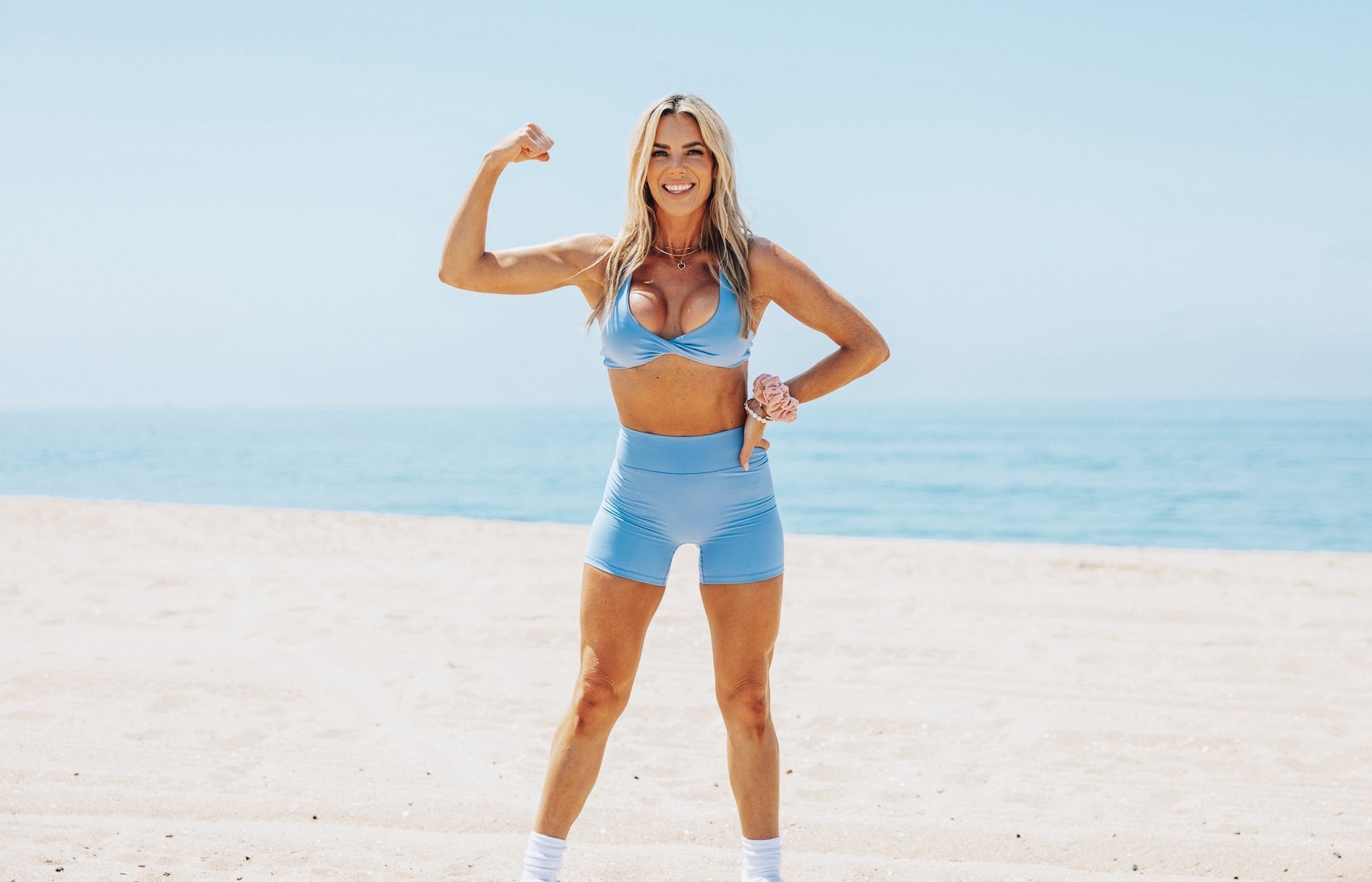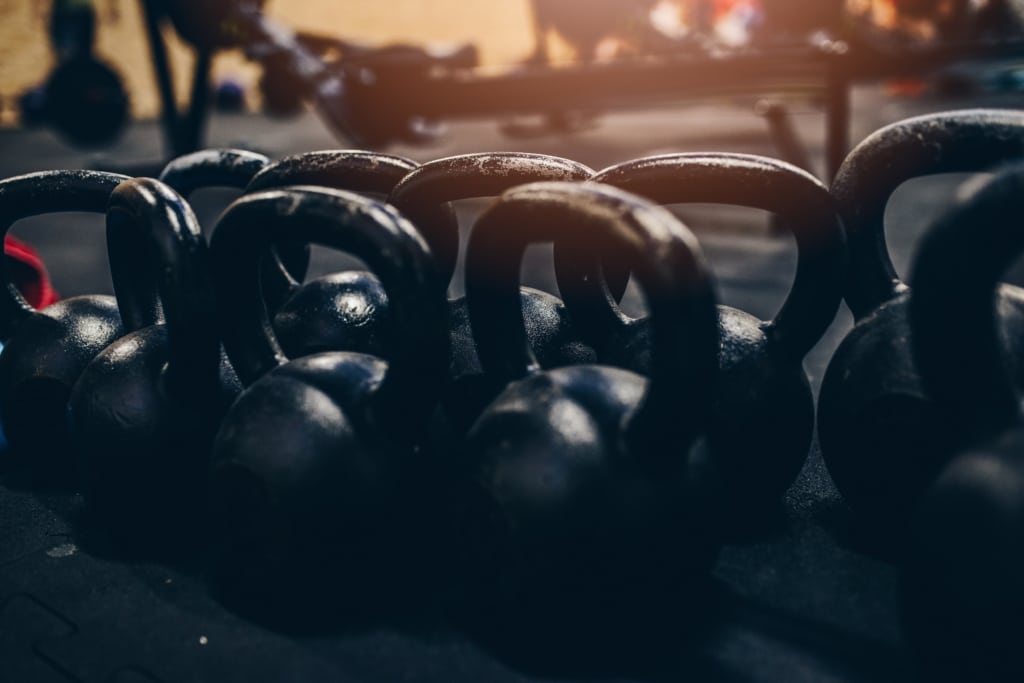I’ve been enjoying multiple long easy rides. After some more research I realized that a long ride is good for my heart as long as the pace is not hard, because it lowers diastolic blood pressure a bit compared to resting. Diastolic, the lower number on a reading like 120/80, is the more important for leaky aortic valves because that is the number when the valve is closed. I was doing one long ride a week (my group ride) and short rides on other days, but last week I threw in some more longer rides. It felt great, I did not have any of the symptoms my heart would have if it were straining because of the valve leaking excessively. ...
Great coaches are also great learners. The most effective coaches never stop learning. Whether you are supporting someone through a fitness transformation, guiding a client toward healthier eating habits, or helping them navigate stress and life changes, your success as a coach depends on your ability to keep growing. That growth does not only happen through certification courses or time with clients. It also happens when you step back, open a book, and allow yourself to see the world through a new lens. ...
Sharing a super easy and delicious lunch or dinner option: high protein chipotle bowl! ...
It’s an inevitable fact of life that as your kids get older they spend less time with you. And it’s completely healthy for them to do so. They need to navigate their own pathway, to form connections with others, and to learn from any mistakes they make. That’s all part of growing up. But as a parent, it can be so hard to let go. I’ve been thinking a lot about this recently and about the ways you can stay connected with your teenage son. And I say son specifically, because as a mum to a teenage boy myself, I do notice this relationship change with my son far more than I do with my teenage daughter. ...
One of the things that keeps my grey cells active is learning all I can about medical conditions I have. So I’ve continued to research paravalvular leakage of the aortic valve with Google’s Deep Research. So far I’ve asked it for an overview of the condition, for more details on treatment options, and for exercise recommendations. The resulting reports are all gathered here. The report “Aortic Paravavlular Leak and Left Ventricular Hypertrophy Exercise Risk” was a bit of an eye opener. There is definitely danger of overdoing it with my condition, which can lead to pathological growth of the left ventricle (which is being chronically overworked). This brings a need for a change in mindset. For years now I’ve had an “aging athlete’s” mentality, that pushing it a bit in my training is a good thing because it slows down aging. Now that’s probably not true and I need to be trying more to maintain fitness and muscle mass as much as possible, but more importantly avoid straining the heart. ...
You don’t need marathon workouts to see real change...you need a smart plan you’ll actually follow. ...
In kettlebell training, there are dozens of movements, but only a handful that form the true foundation. The clean, press, squat, and snatch are those essentials. When clients master these four lifts, they gain access to safer, stronger, and more effective training. These lifts not only build strength and conditioning, they also reinforce universal skills like bracing, breathing, and stabilizing under load.
For personal trainers, teaching these exercises correctly ensures clients learn how to hinge, brace, breathe, and stabilize under load. These skills carry over into everything from athletic performance to everyday strength.
AFPA’s Kettlebell Essentials: The Iron Cardio Approach course is taught by Brett Jones, one of the world’s most respected kettlebell authorities. As the Director of Education for StrongFirst, Brett has spent more than two decades teaching coaches and clinicians around the globe. His work has shaped the modern approach to kettlebell training. With Brett, every rep is not just exercise—it is skill practice, refinement, and resilience-building. ...










